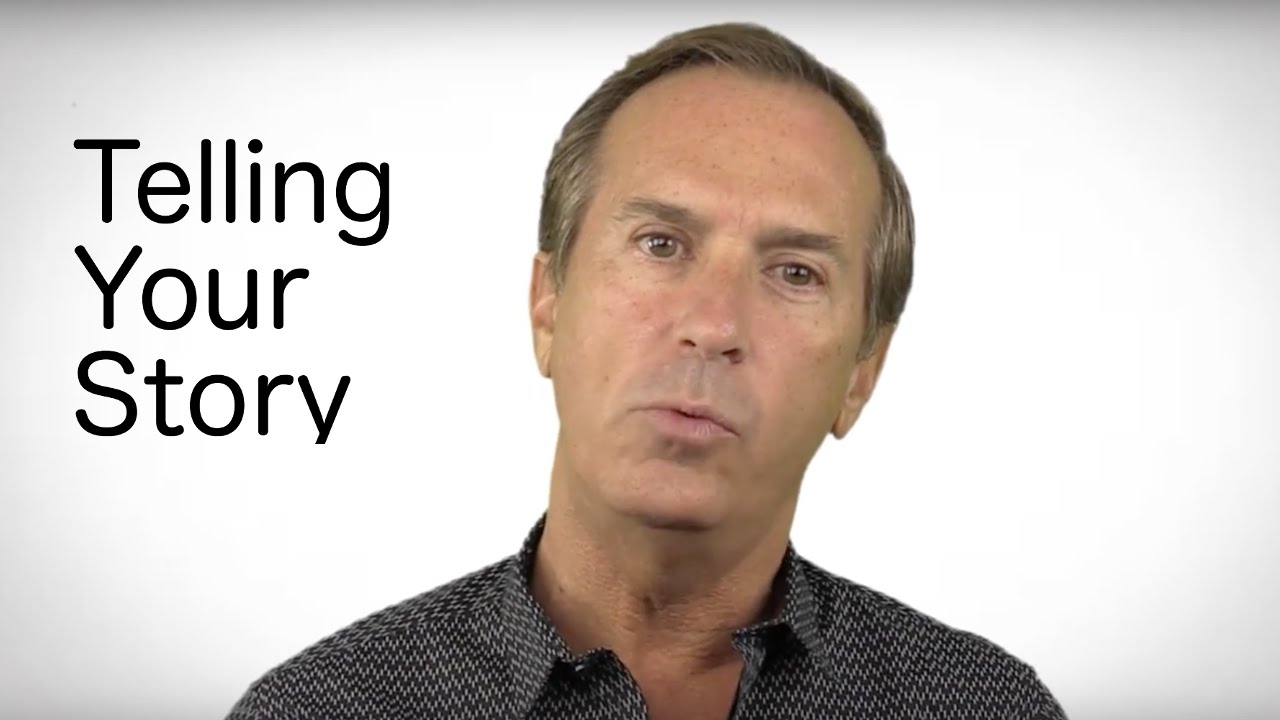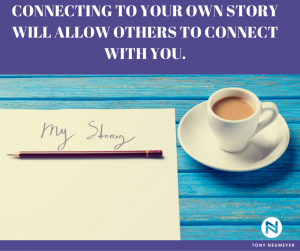Summary
What is it about stories?
After thousands of years, we all still love nothing more than to hear a good yarn. What countless marketers and business leaders have learned is that nothing seems to stick in the mind of customers and audiences like a good narrative.
Facts and statistics definitely have their place in supporting arguments. But there is nothing like putting a human face to strike a direct connection. The same should go for your brand. What stories are you telling about what you hope to achieve? Have you effectively put real time into thinking about how you can best present the narrative of what your mission is?
It is most definitely a skill, distinct from just being able to give a good presentation or make a good slide deck. Story telling means finding the human component of your work and finding a way to relate it to the struggles of those you hope to reach.
Read on to learn more on how you can more effectively tell your story – maybe all the way to the bank.
Transcript
As a species, we are naturally drawn to great storytellers. It has been true from the time we drew on cave walls until today’s digital era. We yearn for more than facts and statistics – we want to hear narrative. Stories and myths have long helped our civilization make sense and find meaning in the senseless, helping us to fit the world into a recognizable shape.
This is the reason why we may be numb at hearing a high death toll, but weep when we hear the story of one person’s individual life. We respond to hearing how others have overcome adversity, progressed through change, and made their way in the world. The human brain itself has been shown to light up in different ways when it hears a good story.
If you take a look at the most successful people and brands in the world, you will often find that the common thread connecting them all is that they are compelling story tellers. They don’t just tell customers what they do – they take them on an emotional journey that is designed to help build an emotional bond.
The Power To Connect
Telling good stories can mean big business, even if you aren’t trying to become the next Stephen King or john Grisham. Just being able to clearly and persuasively elucidate your arguments will do a lot to elevate you above the pack out there. If you want some inspiration for what I’m talking about, take a look at Warren Buffet’s annual letter to his shareholder. Buffet takes what can be a fairly dry, rote exercise for most chief executive officers and elevates it to something special. Written in his trademark homespun tone and filled with his familiar witticisms, the letter helps to not only build shareholder confidence in Buffet’s financial acumen (if the returns alone weren’t already doing that). They help provide insight into his decision-making and allow an intimate view into the personality of the man. Buffet will surely go down in history as an investing whiz, but he also spins a hell of a good yard. Countless other examples abound. Look at the number of politicians who rise to high office on the strength of their personal biography, or disgraced celebrities who claw back into the spotlight with a rousing tale of conquering their personal demons.
Affirm Your Core Values
It may not feel natural to view your life in terms of being a narrative. After all, you are the one living it – your loved ones are not characters and it’s not as though you can change the plot at any given moment. But taking some time to reflect on your professional and personal journey, as well as obstacles you have overcome, can not only be a good opportunity to become reacquainted with your core values, but can help you to find the story in what you’re selling. Take time to figure out what is unique about the journey you have taken. You may find that you are capable of building up a niche market around it.
We may have out grown bedtime stories at bed and may not have time to watch plenty of television, but the desire for a good story remains a strong impulse. Today is an especially exciting time, when a story can quickly go viral at the touch of a screen. Though the proliferation of the internet means that some unsavory and false stories can spread rapidly, there is a lot to be excited about in terms of being able to reach more people in new ways.
Use your story to help place the listeners in your shoes. By opening up on some of your flaws and vulnerabilities, they will be capable of empathize with your plight in a way that a dry recitation of statistics could not achieve.
We all know that real life, as lived in the moment, is not always quite as exciting. You don’t need to lie or embellish to make your story more rousing. Authenticity is important to foster in a brand and your audience may be able to relate to your story better the more authentic that it is. You can however choose to gin up more interest by strategically focusing on the parts of your story that are most intriguing or relatable to others.
Find Your Voice and Paint a Picture
Strive to ensure that all of your communications and outreach efforts are told in a consistent voice that supports and underlines the brand you are wishing to express. While you should obviously target appeals to reach different audiences, you will be perceived as far more authentic if all of your story-telling supports the same image you wish to create an impression of.
If you are uncomfortable talking about yourself very much, remember that you can shine the spotlight on others. Using anecdotes and narratives about others is one of the most effective tools in the speechwriting kit and can help to establish a much stronger human connection with individual issues. For example, you could highlight how your product or service played a tremendous difference in the life of a specific customer. Rather than just talking about how great your offering is, you can take your audience on a tour through an account of the problem being faced by a specific person and how your service helped them to close a gap that they were facing. You can also take opportunities to tell the stories of your employees or business associates and why they believe in your core mission. This also serves the purpose of making it clear that your business or venture is not solely about you but also impacts a web of other individuals.
You can also solicit stories from your audience or customers. For example, you can ask them a time when they faced a particular challenge in your area of expertise and what would have helped them to solve it. Or you can solicit their own success stories using your product that you can highlight on your website and social media presence. This type of community sharing and engagement can only help further strengthen your brand as committed to helping others tell their stories and share their own experiences.
You don’t necessarily need to be the world’s most polished speaker in order to communicate your spiel effectively, but it certainly can’t hurt to get as much practice and guidance as you possibly can. As you garner more experience in telling your story and seeing how others react to it, you will doubtlessly improve upon your delivery and your sensibilities as a story teller. Surely some of us are born with an intuitive gift for how to do it, but there is surely no shame in the rest of us seeking out some assistance to become even better.
The world has changed. With the amount of content and data at users’ hands, they have more options than ever before for where they direct their time, money, and attention. So make it worth their while to engage with you and visit your services. Don’t give them a sales pitch – tell them a good old-fashioned story.
Also visit my web site: tonyneumeyer.com and register to receive free trainings articles and more. Also subscribe to my YouTube channel and follow me on Facebook.



